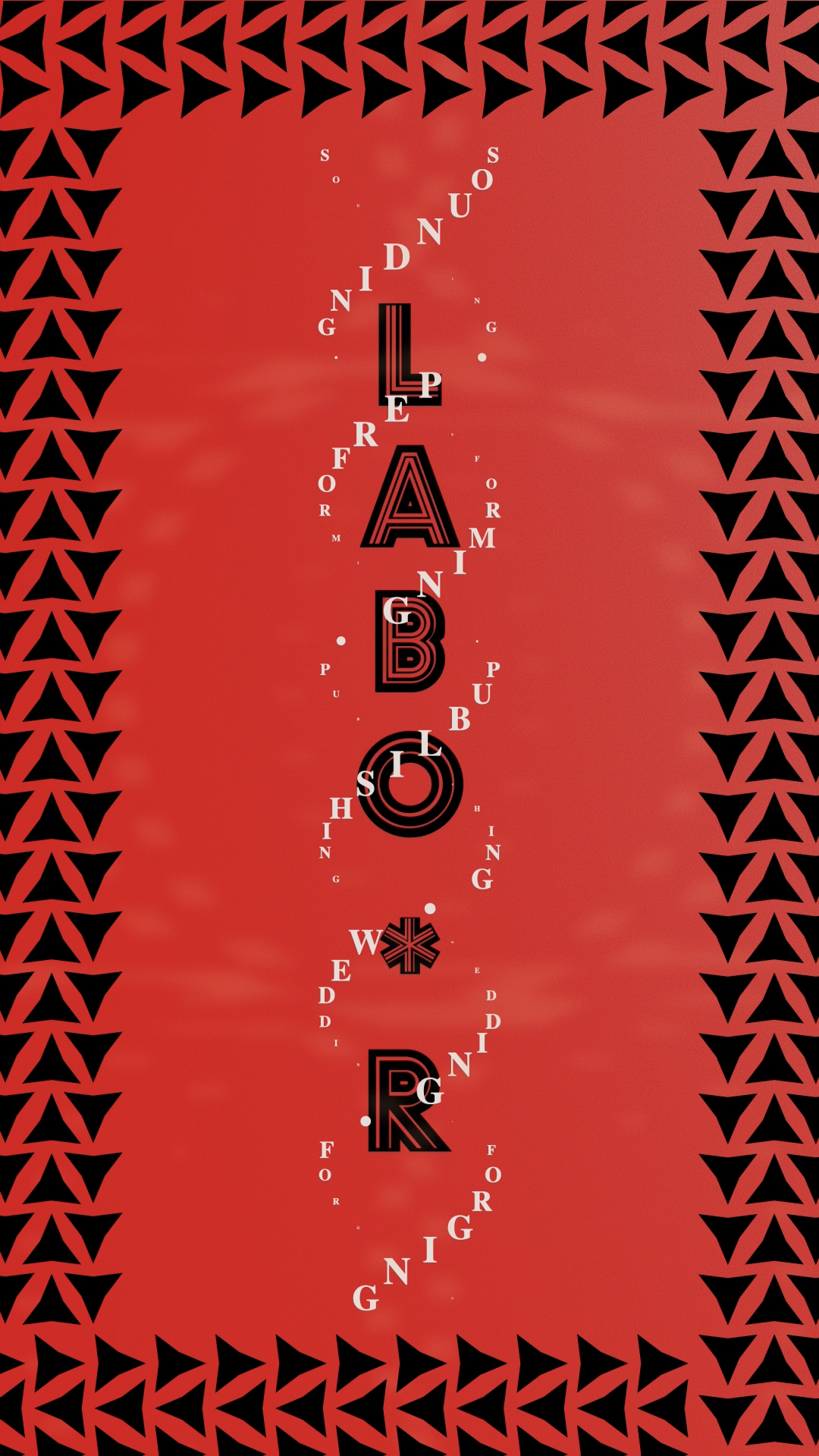La Hora de los Hornos

Film 18.07.2024 19:00
von Octavio Getino and Fernando Solanas
Sprache Der Film ist auf Spanisch mit englischen Untertiteln
FREIER EINTRITT Spenden erwünscht
BESUCH SAVVY ist mit dem Rollstuhl zugänglich
La Hora de los Hornos: Notas y testimonios sobre el neocolonialismo, la violencia y la liberación (The Hour of the Furnaces: Notes and Testimonies on Neocolonialism, Violence and Liberation) is a film from 1968 and one of the symbols of cultural and political resistance in the 1960–70s generation. The film is a reflective essay on the socio-political situation of Argentina between 1945 and 1968. It was filmed clandestinely in Cold War times in a Latin America ruled by pro-US-American oligarchies and military dictatorships. The work is a four-hours-long trilogy divided in chapters and united by the themes of dependence and liberation. The first part, “Neocolonialism and Violence”, was conceived to be broadcast in all kinds of circuits. The second and third parts, "Act for Liberation" and "Violence and Liberation", make up the first historical chronicle of Peronismo and the workers’ resistance that followed. Solanas’ proposal is an open cinema to promote debate and incorporate new sequences of future fights. La Hora de los Hornos is one of the most awarded films in Argentine cinema: It was forbidden by all dictatorships, gave rise to a parallel circuit of political cinema and it was disseminated in over 70 countries.
Die Veranstaltung ist Teil des Ausstellungsprojekts LABO*R, was im Rahmen unseres 15-monatigen Programm TRANSITIONS stattfindet, und wird von der Beauftragten der Bundesregierung für Kultur und Medien gefördert.


